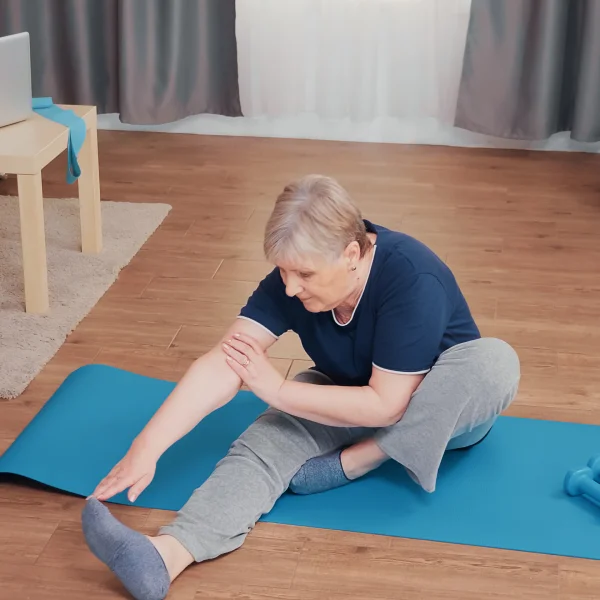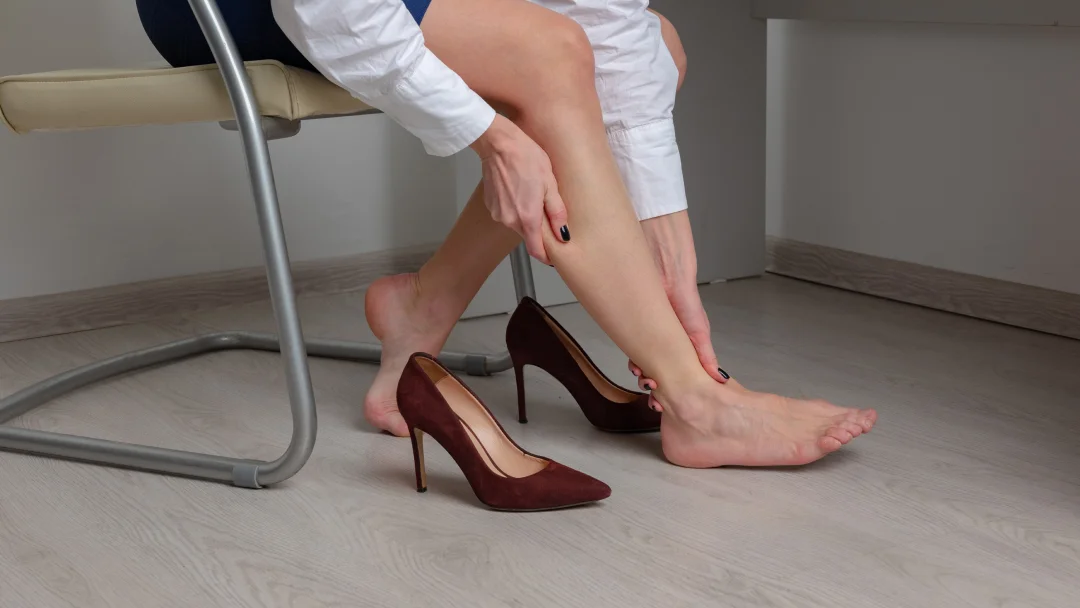Circulatory disorders can be a real challenge for those who suffer from them. At Totum Tech, we know that blood circulation problems can significantly impact quality of life, especially for those with Raynaud’s syndrome or POTS syndrome.
However, is there a link between these two conditions? Can they be associated with nervous system dysfunctions? This article explores the possible connections between these syndromes and solutions to better understand and manage these disorders.
What is raynaud’s syndrome and how does it affect blood circulation?
Raynaud’s syndrome is a vascular disorder that causes an excessive response of blood vessels to cold or stress, triggering a temporary blood circulation problem.
Fingers and toes become pale, even bluish, before returning to their normal color once circulation is restored. This reaction is due to excessive vasoconstriction that limits oxygen supply to the body’s extremities, thus exacerbating symptoms related to circulatory disorders.
In some cases, this condition is benign and isolated, but when associated with other pathologies, it can indicate a more serious blood circulation problem, especially when episodes are frequent and intense.
What is POTS syndrome and how does it impact the circulatory system?

POTS (Postural Orthostatic Tachycardia Syndrome) is an autonomous nervous system disorder that affects blood pressure and heart rate regulation. When a person with POTS moves from a sitting or lying position to standing, they may experience dizziness, palpitations, tachycardia, or extreme fatigue due to poor blood flow distribution.
This poor cardiovascular system regulation often results in heavy leg sensations, cold extremities, and a blood circulation problem, which can suggest a possible connection with Raynaud’s syndrome.
Is there a link between raynaud’s syndrome and POTS syndrome?
The connection between these two syndromes is not yet fully scientifically proven, but several elements suggest they could be linked. One of the main hypotheses is based on the role of the nervous system, which controls both vascular response and heart rate regulation.
Some studies indicate that people with POTS syndrome often have vascular dysfunctions similar to those observed in Raynaud’s syndrome, particularly problems with excessive vasoconstriction and altered blood circulation.
These anomalies are closely related to a blood circulation problem that can worsen symptoms of both syndromes and complicate their management. Moreover, patients with autoimmune diseases sometimes have an increased risk of developing these two syndromes simultaneously.
Common symptoms and differences between the two syndromes
Although Raynaud’s syndrome and POTS syndrome have different effects on the body, some symptoms overlap, including:
- Poor circulation in the extremities, causing a persistent cold sensation.
- Episodes of tachycardia or heart rhythm irregularities after a postural change.
- General weakness and tingling sensations in hands and feet.
However, the main difference lies in the cause of the blood circulation problem. Raynaud’s syndrome is an excessive blood vessel reaction, while POTS syndrome is an autonomous nervous system dysfunction that prevents proper blood distribution in the body.
How to manage these conditions and mitigate blood circulation problems?

Although there is no universal treatment for these two syndromes, certain strategies can help limit their effects and improve blood circulation problem management:
Improve circulation and reduce symptoms
For patients with Raynaud’s syndrome, it is essential to:
- Protect against cold by wearing gloves and thermal clothing.
- Stimulate blood circulation through adapted exercises.
- Reduce stress, a factor that aggravates episodes.
For those suffering from POTS syndrome, the following approaches can be beneficial:
- Maintain optimal hydration to help stabilize blood pressure.
- Increase salt intake under medical supervision.
- Practice moderate physical exercises to improve orthostatic tolerance and heart rate.
In both cases, adopting innovative solutions, such as those developed by Totum Tech, plays an essential role in managing blood circulation problems. These technologies help improve microcirculation, reduce discomfort associated with vascular disorders, and provide lasting relief to those affected.
Raynaud’s and POTS: Understanding their connection to better act
Raynaud’s syndrome and POTS syndrome are two distinct conditions, but they share several commonalities, including anomalies in nervous system regulation and blood circulation problems. Although the exact relationship between these two syndromes requires further research, it is clear that their symptoms can sometimes overlap, complicating diagnosis and management.
If you suffer from a blood circulation problem, it is essential to consult a healthcare professional to establish an appropriate management plan. However, at Totum Tech, we also offer innovative solutions to improve circulation and relieve symptoms associated with these conditions.
Do not let these problems affect your quality of life. Contact us today to join our waiting list and get ahead of your well-being with our revolutionary technology.




